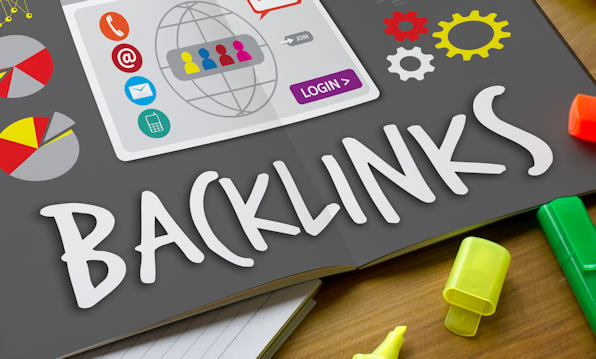

Link building is the act of getting a website to give your website a link from one of more of its webpages.
An example of this for the purpose of this guide, could be whereby you want to build a link from a websites page which has information about your product. If that other websites page links to your page about the same product, then thats a bonus.
Search engines will see the link you have built, and recognise it as a vote in favor of your page. If you get enough links like this, your page will rank higher in the serp and gain more traffic.
Search engines severely punish websites which do not comply with their demands when implementing search engine optimisation and some links can be seen as spam by them, such as purchased links, or hacked links sometimes known as sape links.
Methods of getting these links are basically experienced consultancy outreach or waiting for someone to hyperlink to your website organically, but waiting like that in a high pace digital marketing and advertising world is a waste of time so hypertext media outreach is seen as the best option.
This is where we write to website and webpage owners and see if they will exchange links in a reciprocal link exchange (a link for a backlink) or just do a one way link to us.
You will need white hat links to get page rank to boost your position. A well placed internal link can also be beneficial, and this is
under the control of your webmaster. The anchor text (not the uniform resource locator or internationalized resource identifier or URL) used in hypertext links passes relevance to the target page, so keep it on topic but do not overuse it as this is not natural.
It is always a good idea to use the domain name as anchor text as well from time to time.


Hyperlinks follow very specific guidance, if we are to create them as a process which is done for a search engine like Google, it is important to make sure the site follows the rules to get pages higher in the results. Optimisation can increase visitors, but takes a lot of practice over a long period or term to know how to get right. We created our first websites around 1998 - so have useful experience which enables us to understand how to improve our ranking without having to learn as we go. Linking resources and the value of a backlink have changed and we do different links to change rankings now. These things include using valuable knowledge to discover new opportunities and case studies to avoid paid advertising and avoid penalites during updates. However many linked pages can be too similar and naturally this should be avoided. Popular methods determine how quickly they fail to be a strategy - with the profile linking and keyword stuffing to try and increase authorty as being not worth any effort. Within the last 20 years the algorithm has changed from accepting guest posts to better understanding via common linking analysis tools and with these has come changes to the internet and best practices. Common tactics are no longer accepted and often signal the links have been placed with keywords for the industry, rather than naturally without much thought, in an attempt to make an authoritative site and effective content or guide.

It has long been known that industry relevance including technical and research focus is essential for out performing competitors and increasing visibility on the internet. In general this applieis not simply to the page, but also to the anchor text used. It should not just be general but more related to the target and should help to show expert status in the topic. The thought is that relevancy is passed back by the link.

You can use the form below to call us or write to us